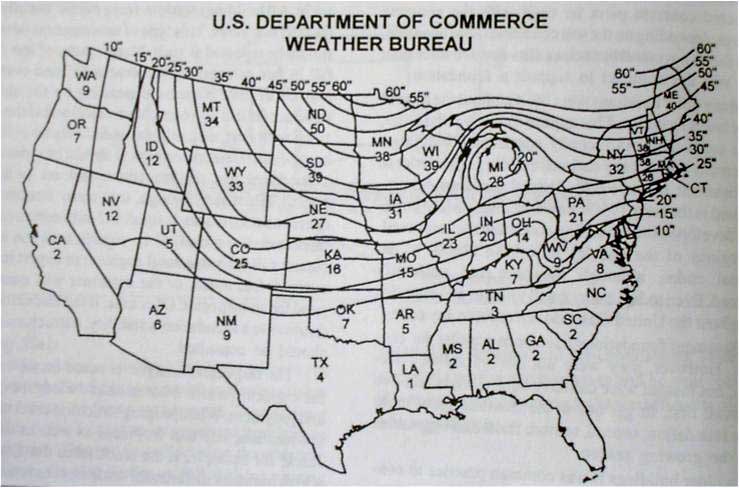Hello All,
Just about to attempt to close my pool myself for the first time shortly so am researching my method and technique. To that end this forum has been invaluable.
I'm relatively confident and clear about what I'm going to do - except for one aspect:
How does blowing the main drain achieve anything useful?
The closest I came to an answer - which basically suggested there was no point was this thread:
 www.troublefreepool.com
www.troublefreepool.com
... but I have seen time and again methods which always include blowing the main drain ... What am I missing?
For all the other lines I see the point, but the main drain is never above the lowered water level - and doesn't get plugged - so any air put into that line will just come out the line due to air being lighter than water - so the moment you stop blowing, water just replaces it - doesn't it?
I plan on blowing the other lines from the pump end, which is lower than the pool drain and I have a valve on the main drain line ... but even when I close that, there will be a pipe full of water which goes back under the pool. Isn't this the weak point in terms of freezing and bursting? Why is there never a conversation about lagging this exposed water-filled line and using heat tape etc?
What am I missing?
Just about to attempt to close my pool myself for the first time shortly so am researching my method and technique. To that end this forum has been invaluable.
I'm relatively confident and clear about what I'm going to do - except for one aspect:
How does blowing the main drain achieve anything useful?
The closest I came to an answer - which basically suggested there was no point was this thread:
Can't blow air into main drain line for closing
I am closing my new pool by myself this year after the builder helped me last year. We just blew air into the main drain line (pressurized), and then shut of the valve to trap the air in there. I bought a 6.5HP craftsman shop vac, but can't get enough pressure in there (assumuming it is...
... but I have seen time and again methods which always include blowing the main drain ... What am I missing?
For all the other lines I see the point, but the main drain is never above the lowered water level - and doesn't get plugged - so any air put into that line will just come out the line due to air being lighter than water - so the moment you stop blowing, water just replaces it - doesn't it?
I plan on blowing the other lines from the pump end, which is lower than the pool drain and I have a valve on the main drain line ... but even when I close that, there will be a pipe full of water which goes back under the pool. Isn't this the weak point in terms of freezing and bursting? Why is there never a conversation about lagging this exposed water-filled line and using heat tape etc?
What am I missing?


